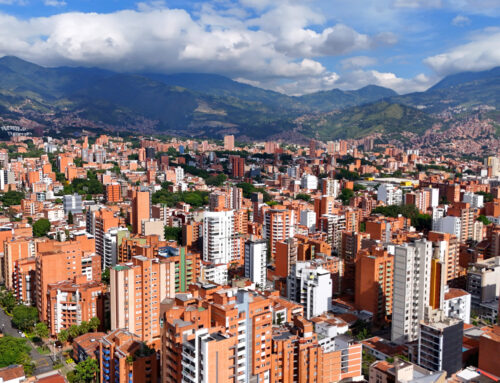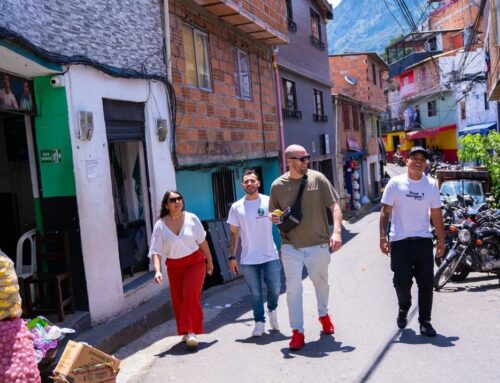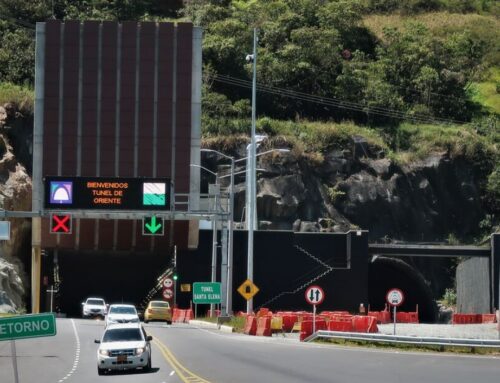
A city of striking contrasts, Medellin is a beautifully chaotic mix of modern high-rises and densely packed hillside barrios. Its chaotic yet coherent cityscape tells a story of resilience, struggle, and progress. Every street, every neighborhood—whether affluent or impoverished—adds another layer to the city’s complex identity. But what does it truly mean to live in a city divided by hundreds of barrios? Understanding Medellín’s unique urban fabric is key to appreciating its people, culture, and ongoing transformation.
A City With Hundreds of Distinct Neighbourhoods
The city of Medellín is divided into 16 comunas or districts, each one further divided into barrios or neighborhoods. Every barrio is distinct — they have a unique feel to them, an identity. Each one tells a story of what the community has been through and overcome. With over 250 of these distinct barrios of Medellin, they really make up the culture of Colombia’s most diverse and dynamic city.
Beauty in Diversity
The divisions between the different barrios are more than just geographical or cultural—they reflect deep socioeconomic disparities. Wealthier neighborhoods like El Poblado and Laureles showcase modern infrastructure, trendy cafes, and a thriving business scene while barrios like Comuna 13 and Santo Domingo, perched on the hillsides, tell a story of struggle, resilience, and transformation. Blending all of these together into a chaotic, yet beautiful tapestry, Medellín is a city of contrasts—where innovation and hardship coexist, as hundreds of distinct communities struggle to shape their own future.
A History of Violence Now Behind
For decades, Medellin—particularly the marginalized, poorer barrios—were synonymous with violence and gang activity. Due to the presence of powerful cartels and armed groups, many of the poorer barrios have long histories of being used as battlegrounds and strongholds for various criminal organizations. Things were so bad in the past that Medellin was considered one of the most dangerous cities in the world. However, in recent decades, the city has seen significant transformation.
Urban Innovation and Social Change
Today, the city that once used to be one of the most dangerous cities in Colombia is now the country’s second most popular tourist destination.
Medellín’s transformation is largely credited to innovative urban projects that bridge the gap between the city’s rich and poor communities. The Metrocable system is one of the most prominent examples. By connecting hillside barrios to the city’s economic centers, the metrocables provide residents of these poorer barrios with better access to jobs, education, healthcare, and basic amenities, opening these less developed barrios to development.
Public libraries, cultural centers, and parks have also played an important role in reshaping the city’s social fabric. The Biblioteca España, once a symbol of renewal in a disadvantaged area, demonstrated how investment in public spaces can inspire change. Additionally, initiatives like Casa Kolacho, an urban art collective, have helped turn violence-stricken neighborhoods into cultural hubs through graffiti, hip-hop, and community engagement.
Challenges That Persist
Despite progress, Medellín still grapples with social inequality. Although a much more peaceful and prosperous city than it once was, many of the poorer neighborhoods in the city continue to experience poverty, crime, and limited access to resources. For many residents in these areas, the city remains a place of both opportunity and struggle. Thankfully, grassroots efforts and government programs continue to push for inclusivity and for better development of the less privileged parts of the city. Moreover, local organizations focusing on education, employment training, and community engagement, prove that grassroot change is possible—even in the most disadvantaged areas.
A City of Contrasts and Resilience
Medellín’s divided barrios tell a story far beyond statistics and maps. They represent the strength of a people who refuse to be defined by their past. From the bustling commercial centers to the colorful, mural-covered streets of Comuna 13, the city thrives on its contrasts.
Understanding Medellín means looking beyond its divisions—seeing the unity in its diversity and the hope in its transformation.




